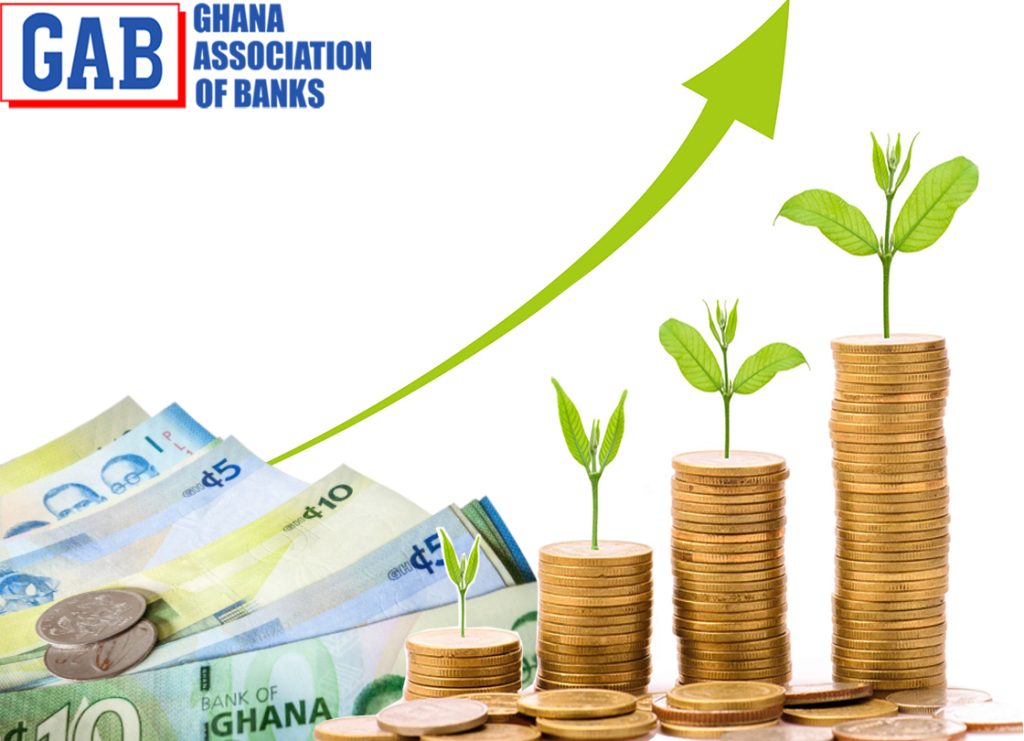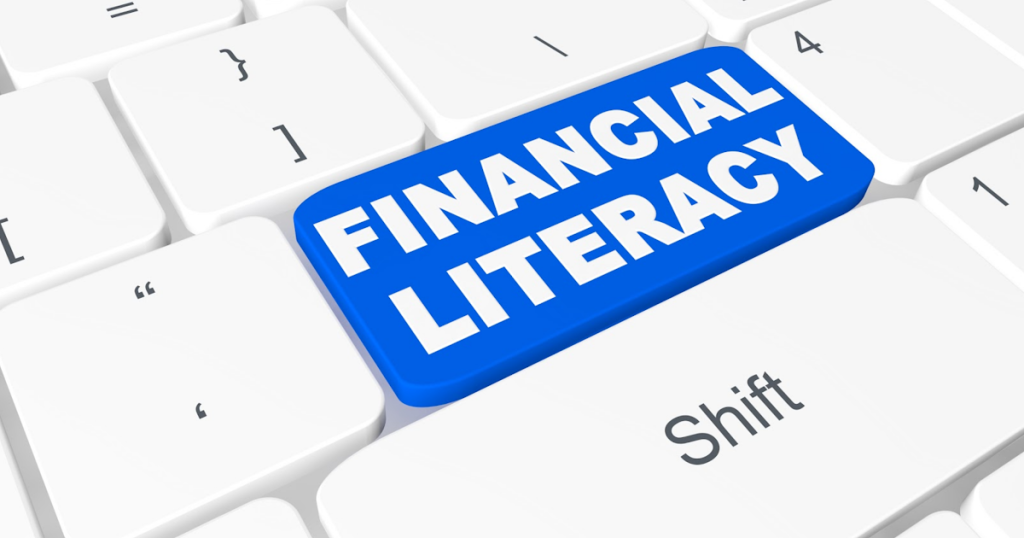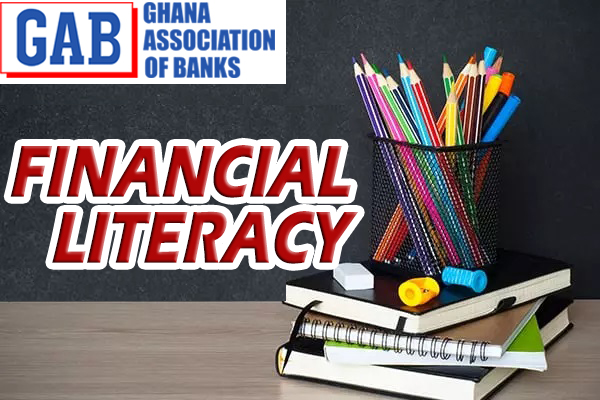In recent years, the global community has been witnessing consistent proliferation of financial platforms, tools and services in the marketplace. These significant developments notwithstanding, consumers are believed to be more vulnerable than ever. For instance, in many advanced, emerging and developing economies across the globe, consumers are struggling to cope with their finances due to a number of socio-economic factors such as job losses, poor remuneration, economic downturn, bad investments or personal financial management and outbreak of natural disasters such as COVID-19, amongst others.
The term financial literacy simply relates to individuals’ ability to understand and apply due diligence to the management of their financial matters. In essence, financial literacy helps individuals make informed decisions with regard to their money; while achieving their financial goals.
Consumers are noted for making choices that either improve or eventually harm their finances; and the long-term implications of some of these choices for the economic well-being of such persons tend to be very dire. Significant developments in the global financial landscape, including seamless digital switching, varying features of loan products and self-serve financial tools, amongst others, are consistently increasing consumers’ access to credit and loans and in-like manner, complicating it. These financial tools also expose consumers to gamify services which they have limited knowledge or understanding for its effective operation and management to assure financial success.

Need for Banks to Prioritise Investment in Financial Literacy
Historically, banks have been known for clarifying the requirements of products and services for their customers. However, evidence on the ground suggests this approach may not be enough to engender the right level of understanding of financial products by banks’ customers. In view of this, banks have devised a new approach; they are deeply involved in educating their clients and the general public in basic financial literacy on wholesale basis. The more customers understand covenants of financial products, the more informed their financial decisions would be; and hence, the less risk banks assume on such customers. Banks are now making more money by helping consumers grow their wealth with financial knowledge.
Significant swaths of the world’s population are believed to be living in financial peril or difficulty; and this places current and future financial viability of household incomes at risk of being fully depleted. The implication is, investment in financial literacy remains a challenge that could and should be tackled head-on by banks to stem the tide. Further, the onus lies on banks to ensure consumers learn, master and improve on their finances. The emphasis should be placed on assisting consumers navigate their choices, be they small or big, which may potentially impact their mental health and financial well-being.
Generally, banks tend to deepen their relations with consumers, increase profitability and reduce the amount of non-performing loans (NPLs) on their books when they invest in financial literacy programmes (including education and mentorship). Indeed, financial literacy is perceived as the new frontier of consumers’ experience in banking; while freeing up funds for banks’ investment in digitisation. Strong financial literacy programme could help banks actualise growth strategy, commercialise new products and services; market new and existing business models; and align their investment and technology roadmap.
Banks have the unique opportunity to create life-time customers through the use of tailored-personalised financial literacy tools and services. Attempts to know, keep, service and grow relationships with consumers could prove more profitable than banks’ attempt to market for and lose these consumers; or be compelled to write-off bad debts due to credit and loan losses.

Essential Financial Tools Available to Consumers
Technological innovation is driving competition within the broader financial sector; and within the banking industry in particular. However, innovations within the financial sector are driven by multitude of providers; with dominance by banks and financial technology (fintech) companies through insights such as data visualisation, spending breakdowns, nudges and alerts. Others include simple user-friendly interfaces; and user tools such as chatbots driven by artificial intelligence (AI).
Application of these tools cuts across services, including payments, insurance, cash management and lending, among others. Banks could assure competitiveness either through replication of these technological features; or through integration with fintechs or via direct purchase of requisite tools from fintech companies.
Financial modelling tools could prove very useful; they could play crucial role when exploring the implications of decisions; while assisting consumers to appreciate and have better understanding of their experiences and investment consequences. Tools such as alerts and nudges become useful when consumers seek to monitor transaction details including loan payment terms and due dates; outstanding balances; how to ensure debt reduction; and improve on credit score and rating.
Other financial tools such as games and incentives are employed to help consumers make informed and better investment decisions; eliminate wasteful subscriptions; track finances; increase access to investment in cryptocurrency; and rely on recommendations for cost-savings. There has been significant increase in financial education resources such as videos, podcasts, books and blogs designed to improve awareness creation on financial literacy.
Relevance of Financial Literacy
The relevance of financial literacy and capability was highlighted by the global financial crisis of 2008 through 2010. Many financial analysts believed the crisis was ignited by limited consumer knowledge in financial products and services. Since the financial crunch of the period under review (that is, 2008 through 2010), economies across the globe have been committing resources to the creation and implementation of projects in financial literacy and education, aimed at improving consumers’ knowledge in finance.
Nearly fifty-nine (59) economies around world are noted for currently implementing co-ordinated national strategies with the sole aim of increasing awareness on financial literacy. In countries such as the United States, High School students are now requesting the inclusion of personal finance education in their syllabus. The following section emphasises the importance of financial literacy in prior and contemporary periods.
A country that remains financially literate tends to have quite a large number of individuals with good control over their finances. Individuals in this category (that is, those who demonstrate good control over their finances) avoid consequences such as limited savings to deal with emergency situations; rising consumer debt emanating from loans from different sources including credit cards, hire purchase, etc.; minimal investment for the future; and living from hand-to-mouth. Individuals avoid these consequences by preparing budgets; creating emergency funds; paying off outstanding debts; and consistently saving towards retirement.

Effective financial literacy campaigns serve as the foundation for consumers’ wealth creation. Wise investment and consistent savings are two underpinning factors for successful wealth creation. Financial literacy creates the enabling environment for financial stability; and the latter encourages consistent savings. For instance, individuals who apply the famous 50/30/20 budget method plan to save, consistently, 20% of their monthly income. These savings lay the necessary foundation for wealth creation; while due diligence is carried out to ensure the savings are channeled into profitable investment vehicles. However, the success of this initiative is predicated to some extent on the individual’s or investor’s understanding of basic financial concepts, financial markets; while paying attention to the principles underlying other successful investments.
The drive towards financial independence depends on strong financial literacy programmes. Throughout the world, individuals are noted for making strenuous efforts to escape the rat race; and remain financially independent, so taking control of their own lives with minimal dependence on their salaries could be feasible or reality. In the United Arab Emirates (UAE), many millennials have targeted between ages 45 and 50 as the period during which they aspire to become financially independent. Nonetheless, the success of this noble idea is contingent on wealth creation; the earlier one starts creating wealth, the greater the chances of attaining financial freedom within the targeted period.
Better risk management is fostered through thorough financial literacy programmes. Financial products and services; and their related risks, including over-indebtedness and fraud are rapidly evolving. In order to cope with the pace and become more confident and active participants in the broader financial sector, individuals need awareness, understanding and knowledge in these financial products and services. Training more individuals to be financially literate so they could better evaluate risks associated with various financial products and services could help prevent another potential global financial crisis. Importance of the financial capabilities of individuals for efficient and effective functioning of global financial markets is heightened, as the variety and complexity of financial products and services keep rising.
The issue of income inequality is improved by implementable financial literacy programmes. Stated differently, financial literacy is perceived as a precondition for improving the financial conditions of underserved communities. Generally, communities are empowered by financial literacy. In addition to the foregoing, the benefits of financial literacy to communities are manifold: it helps communities to maintain strong and educated workforce; ensures food security, less stress and happier individuals and families; and records lower crime rates. Moreover, income inequality is reduced by accelerated financial inclusion. In essence, communities with high income inequality are likely to experience and record low financial inclusion rate.
Individuals become well-positioned to ensure effective diversification of their investment portfolios; and to select investments that adequately suit their interests and needs when they are financially literate. Identifying the merits and demerits associated with each investment category helps to ensure efficiency and effectiveness in resource allocations, thereby increasing their chances of financial success in the long-term.
Financial literacy enhances individuals’ understanding of the types of insurance available and their coverage. Knowledge in this regard helps individuals to select the most appropriate and suitable insurance policies for their needs and budget. Further, individuals become well-equipped to protect their businesses against losses likely to be incurred from unforeseen events such as natural disasters (Tsunami, Ebola, COVID-19, etc.). Efficient management of taxes; understanding of financial documents and contracts; and effective communication with financial professionals become a common place when individuals are financially literate.
Educated individuals usually understand and appreciate the benefits associated with financial products and services. This notwithstanding, they do not hesitate to contact financial institutions for the necessary savings and investment advice. All else held constant, increased financial literacy leads to surge in demand for and usage of financial products; and financial inclusion increases as demand and usage surge.

Financial Literacy and Financial Inclusion
Intensive education on various products and services offerings, including accessible financial platforms and completion of transactions with relative ease, has the potential to increase patronage; and cause significant improvement in financial inclusion. The collaboration between banks and fintech companies is helping in the development of more financial products and services that meet specific needs of consumers and unbanked segment of the population.
It is not enough for individuals to own various forms of accounts; it remains imperative for the accounts to be constantly active; while financial services are subjected to rational use. Fulfillment of these two conditions is indicative of improvements in the demand side of financial markets; and existence of positive relationship between financial literacy and financial inclusion.
How to Improve Financial Literacy
Individuals should assess and determine their current financial knowledge by reading informational materials or articles on financial topics such as budgeting, savings, investment, amongst others. Individuals could create their basic action plans after determining their proficiency levels.
Corporate bodies and other institutions including banks should take charge of their financial literacy by investing in various financial education resources to improve the level of appreciation, understanding and acceptance of financial literacy among the wider-population. Government should complement the efforts of individuals and corporations by designing and executing national strategies that would scale-up financial literacy at an accelerated pace.
Organisations should strive to improve the financial literacy of their employees by encouraging them to utilise financial products and services (digital payment; mobile bank accounts; internet banking; electronic statement, etc.) that would help track their spending and improve their financial well-being. Through this initiative, organisations would help their employees develop responsible financial management habits.
Conclusion
Individuals who are financially literate understand and appreciate the concept of delayed gratification, which forms an integral part of responsible money management; they develop better spending habits; and strive for long-term goals, including savings and retirement planning. To wit, they develop the necessary skills vital to effective navigation of the complexities of retirement planning. Further, they identify and avoid potential pitfalls and traps associated with borrowing; choose the right credit card or bank account; effectively negotiate increase in return on investment; improve their knowledge in investment risks such as potential losses and market volatility; and develop the requisite tools towards management and mitigation of those risks. The financially literate develop plans that align with their risk tolerance and goals.
One of the major benefits of meaningful financial literacy initiatives is the promotion of national economic development and growth. Through financial literacy, demand and usage of various financial products and services could increase significantly; while the country could witness expansion in investment levels. These indicators affirm the potential of financial literacy contributing to development of various sectors; and sustainable growth of the economy. Collective prosperity becomes feasible as individual financial literacy is championed or advanced.
Note
The above write-up featured in Friday, May 5, 2023’s Edition of the Business and Financial Times (B&FT). www.thebftonline.com
Ghana Association of Banks (GAB) Research